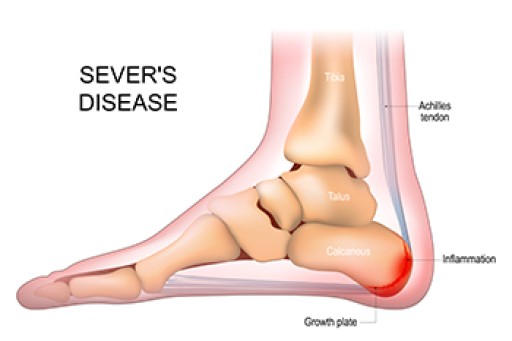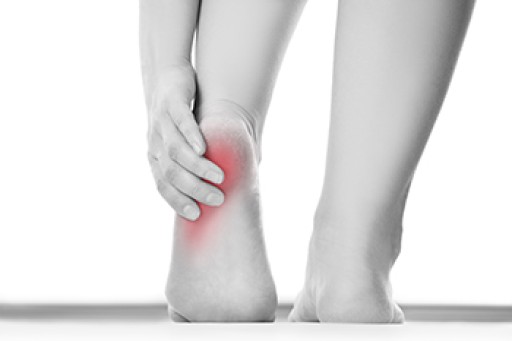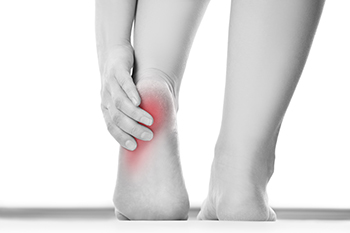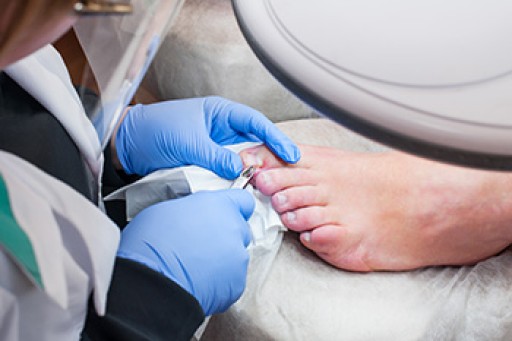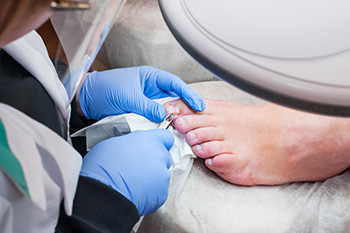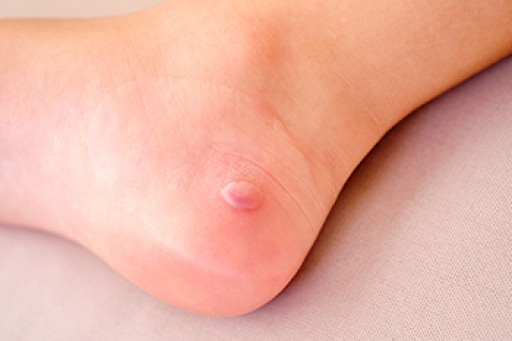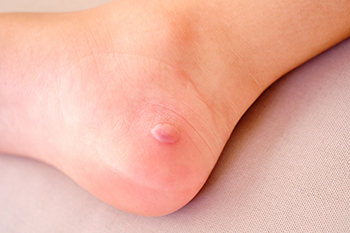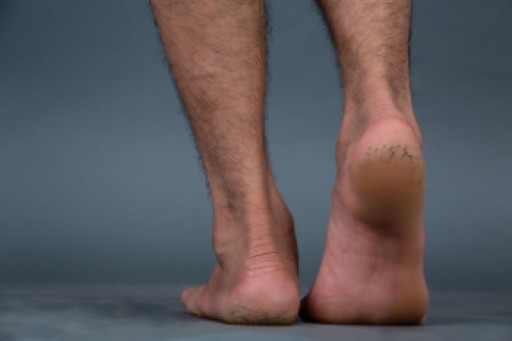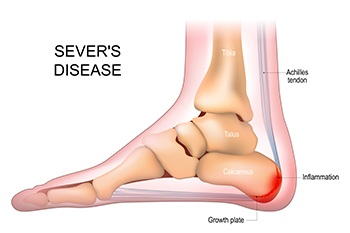
Sever's disease is a common cause of heel pain in adolescent children, especially those who are active in sports. It occurs when the growth plate in the heel becomes inflamed due to repetitive stress and pressure. This condition typically affects the back of the heel and may cause pain, swelling, and difficulty walking or running. Risk factors include rapid growth, participation in high-impact activities, and improper footwear. A podiatrist can diagnose the condition, recommending rest, supportive shoes, heel cushions, and specific stretches to relieve discomfort. If your child is experiencing heel pain during activity, it is suggested that you consult a podiatrist for effective treatment and guidance to ensure healthy development and a safe return to play.
Sever's disease often occurs in children and teens. If your child is experiencing foot or ankle pain, see Vincent, Vess from Fourth River Foot & Ankle. Our doctor can treat your child’s foot and ankle needs.
Sever’s Disease
Sever’s disease is also known as calcaneal apophysitis, which is a medical condition that causes heel pain I none or both feet. The disease is known to affect children between the ages of 8 and 14.
Sever’s disease occurs when part of the child’s heel known as the growth plate (calcaneal epiphysis) is attached to the Achilles tendon. This area can suffer injury when the muscles and tendons of the growing foot do not keep pace with bone growth. Therefore, the constant pain which one experiences at the back of the heel will make the child unable to put any weight on the heel. The child is then forced to walk on their toes.
Symptoms
Acute pain – Pain associated with Sever’s disease is usually felt in the heel when the child engages in physical activity such as walking, jumping and or running.
Highly active – Children who are very active are among the most susceptible in experiencing Sever’s disease, because of the stress and tension placed on their feet.
If you have any questions, please feel free to contact our offices located in Pittsburgh, White Oak, and McKeesport,PA . We offer the newest diagnostic and treatment technologies for all your foot care needs.
